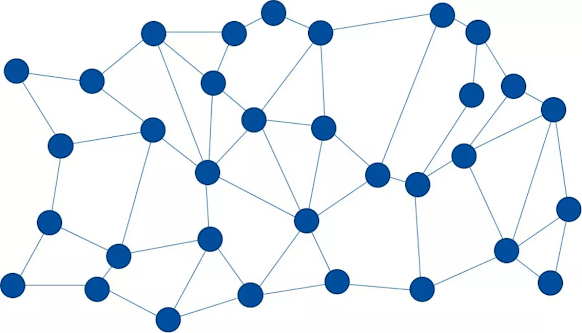Wi-Fine Outperforms Wi-Sun in IoT Communication
With the rise of the Internet of Things (IoT), IoT communication technologies are constantly evolving. Various protocols such as Zigbee, RF, NB-IoT, LoRa, and Wi-Sun have their own advantages and disadvantages. However, in complex large-scale IoT environments with multiple device types (e.g., electricity meters, water meters, gas meters, smart streetlights, smart cities, public services, industrial equipment), it is challenging to cover all devices using a single communication protocol.
Here, we introduce Wi-Fine, a wireless communication module that has been deeply rooted in IoT technology for years. Wi-Fine boasts large capacity, fast speed, zero network setup time, and high cost-effectiveness and practicality. Let's explore how Wi-Fine outperforms Wi-Sun.
Wi-Fine Wireless Free Intelligent Network (WF) is a low-cost, low-power, and mobile device designed distributed wireless mesh protocol. It defines a comprehensive link layer (MAC) and network layer (NWK) protocol specification. After over a decade of development and market validation, WF has evolved to the second generation, surpassing its predecessors in terms of functionality and performance, meeting the demands of most IoT applications.
Comparison between Wi-Fine and Wi-Sun
Wi-Fine's Advantages
Wi-Fine's main features include high efficiency, fast speed, zero network setup time, and high cost-effectiveness ratio. In contrast, Wi-SUN relies on open global standards such as IEEE 802.15.4g and provides products with connection ability and interoperability through testing and certification.
When market scenarios emphasize economic efficiency, practicality, and performance over openness, Wi-Fine demonstrates strong vitality.
Wi-Fine Application Scenarios
Wi-Fine can be applied to various IoT fields:
1. Home Area Network (HAN): Smart electricity meters, water meters, gas meters can use Wi-Fine communication technology to provide consumers with real-time energy consumption information and billing setting through a dedicated APP. For electricity and water companies, this enables precise analysis of energy consumption and proactive optimization of energy management.
2. Field Area Network (FAN): FAN applications focus on large-scale outdoor facilities such as smart grids, streetlights, distributed charging stations, etc., allowing public facilities to communicate with each other through Wi-Fine mesh networks.
Conclusion
As Wi-Fine technology penetrates regional markets at an increasing rate, its hardware price has become increasingly competitive with Bluetooth, Wi-Fi, and Wi-Sun. By 2022, Wi-Fine is expected to challenge these technologies in terms of performance and cost-effectiveness.
About Yongtai Electronics
Yongtai Electronics has developed the WF technology based on over a decade of IoT product development experience. The company offers high-performance, low-power wireless transceivers and IoT-related products that consume low power in sleep mode (<0.3uA) and have battery lifetimes exceeding 10 years. The company's products have been widely applied in smart electricity meters, water meters, smart streetlights control systems and have achieved actual communication success rates of 100%.



.png)
Comments
Post a Comment